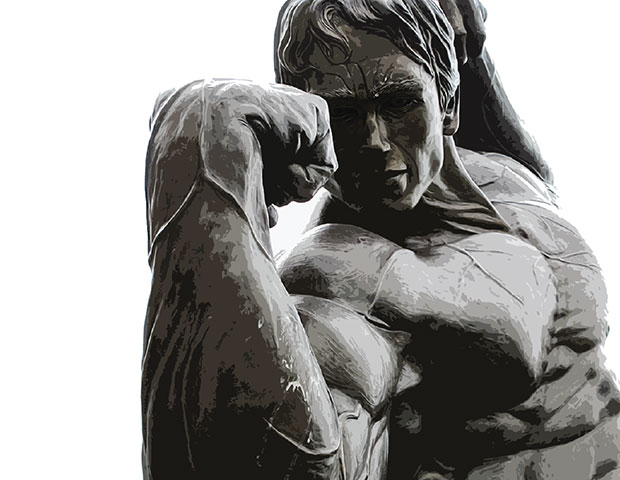Supplement Science

Cissus Quadrangularis: The Magic Bone and Joint Healer
This leathery edged perennial plant from the grape family has long been used as a medicinal plant in Ayurvedic medicine. Cissus quadrangularis, also known as veldt grape, devil’s backbone, or asthisamharaka, is a plant native to India, Sri Lanka, Africa, Brazil, and southeast Asia. Traditional uses include treatment as a tonic and analgesic for digestive issues, muscle pain, and asthmatic symptoms, but what it’s probably best known for is its use in the treatment of bone fractures and joint health. In fact, the Sanskrit term asthisamharaka translates to “that which protects the bone and saves it from destruction.”
How Does Cissus quadrangularis Work?
Cissus works in multiple ways when it comes to bone and joint health. It’s been shown to reduce the production of pro-inflammatory molecules that can cause bone and joint destruction, while also increasing bone mineralization. Cissus has also been shown to help encourage osteoblastic proliferation, which is the promotion of bone cell formation. Its naturally high content of vitamin C, calcium, quercetin and beta-carotene might also help cissus provide benefits to joint and bone health, including collagen synthesis and bone development. Its high concentration of antioxidants can help inhibit the expression of cyclooxygenase (COX), reducing joint and muscle pain as well as inflammation. As for its weight-loss benefits, Cissus’s anti-inflammatory and antioxidant abilities could also be the reason behind its effectiveness. The free-radical scavenging ability of cissus can help reduce oxidative stress on different metabolic and physiological processes brought on by obesity and metabolic syndrome.

Bone Builder
In a double-blind study on 60 patients with mandible fractures, those who received a 300-millgram dose of cissus showed better fracture healing abilities than those who received a placebo. The study showed an increased expression of markers of bone healing including increased expression of osteopontin protein. There was also a significant reduction in pain and swelling, and increased mobility at the site of fracture in the group receiving cissus.
Joint Pain Reducer
Evidence in research suggests that cissus can support healthy joint mobility in athletes with exercise-induced joint issues. In one study, exercise-trained men who experienced chronic joint pain from exercise were found to experience a 31 percent reduction in self-reported joint pain (WOMAC) relative to baseline when supplementing with 3.2 grams of cissus per day for eight weeks.
Weight-Loss Agent
Although the verdict is still out on Cissus quadrangularis and its weight-loss effects, it’s been shown in a preliminary study to be effective for reducing body fat and body weight. It was shown to reduce body weight by approximately 8 pounds over 10 weeks, when subjects were given 300 milligrams of cissus per day that was standardized to 2.5 percent phytosterols.
References:
Bloomer RJ, et al. Cissus quadrangularis reduces joint pain in exercise-trained men: a pilot study. Phys Sportsmed. 2013. 41(3): 29-35.
Oben JE, et al. The effect of Cissus quadrangularis (CQR-300) and a Cissus formulation (CORE) on obesity and obesity-induced oxidative stress. Lipids Health Dis. 2007. 6:4.
Oben JE, et al. The use of Cissus quadrangularis formulation in the management of weight loss and metabolic syndrome. Lipids Health Dis. 2006. 5:24.
Singh N, Singh V, Singh R K, et al. Osteogenic potential of cissus qudrangularis assessed with osteopontin expression. Natl J Maxillofac Surg. 2013;4:52-6.

